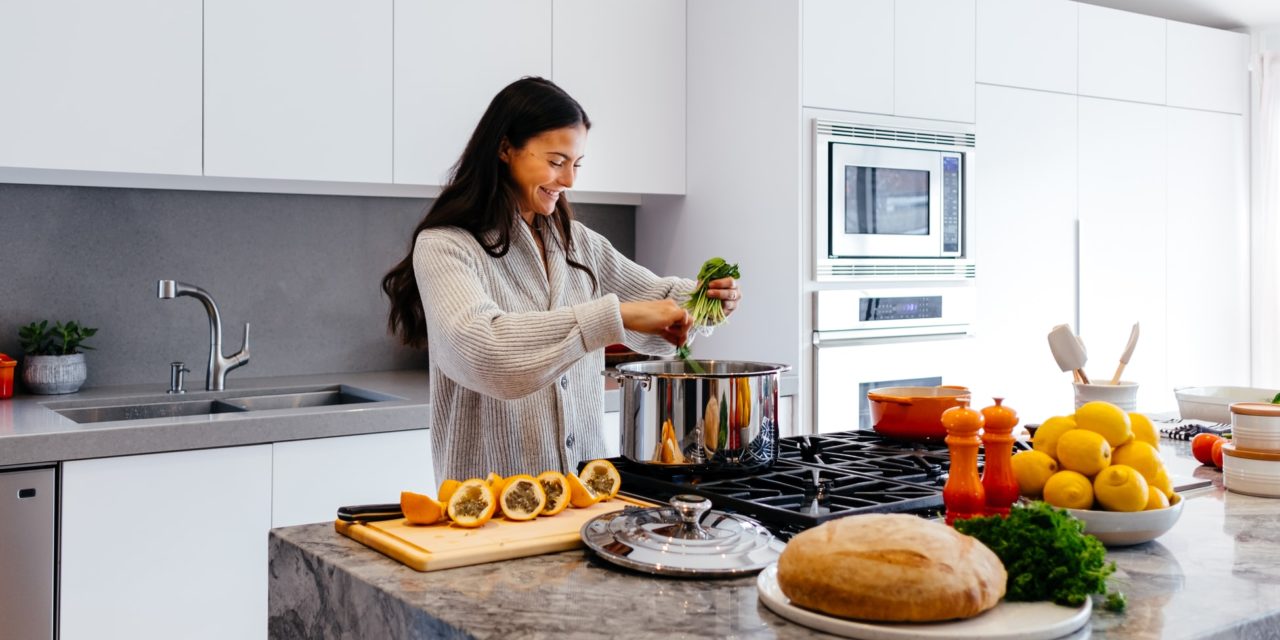[ad_1]
Do you know your kitchen sink may be as dirty as your toilet bowel? Given the amount of use, high traffic of organic material and moisture with relatively warm temperatures, the kitchen sink is a perfect breeding ground for many germs. Most people forget to sanitize their kitchen sink and don't appreciate the potential bacterial source it is for contaminating food, utensils and hands. Many household areas where there is high traffic and surfaces that are touched frequently by family members can be potential sources of germs and contaminants. Most of these high traffic areas are taken for granted or cleaned only occasionally, but rarely sanitized.
The kitchen is not the only source, but remains the single biggest reservoir of germs in the house. This is the area that gets lots of traffic from adults, children, animals, dirty and decaying food. As an area that is so intimate to our daily lives, it is easy to see how we can contaminate ourselves with germs in this room. The kitchen sink and drain have been found to be one of the dirtiest places in the house. It has bacterial counts as high as a toilet. The organic material and moisture make it a perfect incubator for both bacteria and viruses. Kitchen towels and sponges are also very contaminated objects that easily transmit contaminants to hands and other surfaces. A dirty or musty sponge is used on most surfaces without a thought to how it is likely transporting and spreading germs. The towel that is used on your hands or counters to mop up spills also harbors germs. Don't let dirty dishes stay in the sink overnight breeding germs. If your kitchen is as busy as most, the sink and countertops should be sanitized once a week or more often. Commercially available products can be convenient for this purpose. Economical solutions of ¾ of a cup of bleach to one gallon water can be used on a cloth or in an inexpensive spray bottle on most counters or sinks. It is important to remove any food particles or organic material before this is done. Then let air dry. Attention to cutting boards as well with a sanitizing solution then rinsed and allowed to air dry. Towels should be cleaned and rotated frequently. They could be replaced entirely with a paper towel. A sponge can be sanitized in the microwave for 30 to 60 seconds. A well used sponge should also be replaced every 2 weeks. Hand washing is still an important part of good hygiene during food preparation. Plastic garbage can liners can help control spills and leakage from the trash collection. One last spot in the kitchen/dining area that is often overlooked is the salt and pepper shaker. Handled frequently by many people and never cleaned, they can harbor illness producing bacteria and viruses.
The bathroom is another culprit when it comes to germs. However the locations of the germs are again often overlooked. Toothbrushes easily harbor germs because of the moisture and usage. They should be located where they are not close to the toilet and where they air dry after each use. A single toilet flush can send a fine spray of mist several feet contaminating other areas of the bathroom. Since most bathrooms are quite compact closing the lid before flushing will help. Storing personal hygiene products, towels and toothbrushes away from the toilet is prudent. A new toothbrush should be used every 2-3 months. If you have recently been sick you may want to switch to a new toothbrush sooner. Toothbrushes can only be rinsed thoroughly with water and allowed to air dry completely. Areas of caulking between sinks and counters or tub and enclosures, commonly accumulate high bacterial and mold counts due to their intrinsic traffic, chronic moisture and difficulty cleaning. Applying the same techniques of cleaning as in the kitchen with focus on the problem areas is necessary.
Other areas in the house that can be a problem are door knobs, computer key boards, and remote controls. They all get a lot of traffic from contaminated hands. Actually the amount of germs here are less than some of the previously mentioned areas. Nonetheless a periodic wipe with a disinfectant like alcohol, bleach solution or one of the commercially available products for disinfectant cleaning is very smart. Change bed linens and rotate towels weekly. Still the most important and basic technique is covering a cough or sneeze and regular hand washing. Hand washing after using the bathroom or cleaning these areas, before food preparation or eating, is still the gold standard for prevention. Hand sanitizers can be useful in areas of the house where water is not available. However 15-20 seconds of simply rubbing your hands thoroughly with soap and water is something that germs can't beat.
[ad_2]
Source by Bruce Kaler M.D.


